Early on in my e-publishing career (ya know, last year), I realized there was no reason to limit oneself to full-length novels when it comes to ebooks. In the print world, the economics of book binding might dictate that stories need to be at least 60,000 words long to make sense, but in the digital world… they can be any length at all. Because of that, I e-published some of my short stories and started a series of novellas, but one thing I haven’t experimented with (yet) is serialization. That may change one day, as quite a few authors are giving it a try, and it’s working well.
A couple of months ago, indie fantasy author Gregory J. Downs gave us a guest post on Finding Success with Serialized Ebooks. Today, we have a great interview with W. Brondt Kamffer, another fantasy author who’s hitting the best-seller lists with his serialized story. I’ve known Brondt through Twitter and his blog for about a year, and I’ve watched him try to find the magic bullet of book promotion that would increase his sales. It didn’t seem to be happening with his first series, but I checked the fantasy Top 100 at Amazon the other day and noticed his new ebooks were all over it! Here’s the story of how he’s made that happen…
Interview with W. Brondt Kamffer
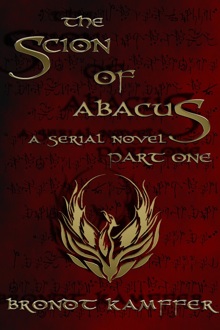 You’ve been e-publishing for a year or two now, I believe, and have a few books out there, but it’s your new series that’s really taken off. Do you want to tell us about your books and what you’re doing differently this time around?
You’ve been e-publishing for a year or two now, I believe, and have a few books out there, but it’s your new series that’s really taken off. Do you want to tell us about your books and what you’re doing differently this time around?
Thanks for the public forum, Lindsay, to share my journey. I’ve just passed my first anniversary as an indie author. 2011 was a very rocky road for me, very discouraging on the whole. I released three full-length novels between April and July and did all the required promoting that came with choosing to self-pub, but I never saw more than a dozen to a score sales in a month. I had an active blog, a podcast targeted to a fantasy audience, an active Twitter account, ads on Goodreads, a free novella on Amazon. None of it was doing a thing to shift books; not even the freebie!
In September I began writing the book that would eventually become The Scion of Abacus with the intent to publish the story in two parts, split evenly down the middle, at about 105,000 words a piece. And then I read about the success that Gregory Downs was having, as well as Sean Platt and David Wright. The thing these writers had in common was that they had chosen to publish their novels as serials. This got me thinking.
I was very busy teaching in the Fall of 2011, and so I made slow progress on my own novel, slow enough that I had plenty of time to think about splitting the story from a duology into a six-part serial. I figured that since nothing else I’d tried had worked thus far, I would give the serial format a shot, hoping that the regular release schedule offered by shorter volumes might generate some interest.
I was tired of and burnt out on Twitter. I’d slowed down on my blog and podcast. I’d long since given up any form of paid advertizing. All I had were plans for a serial and a feeling that I’d simply go ahead and see what would happen.
As expected, month one, with only one volume out, was slow, with maybe ten copies selling. Month two saw some increase in sales with two volumes and some KDP free days, up to about 300 copies sold. But the real kick off came at the release of volume three. My previous novels had seldom delved below the 50,000 rank on Amazon. With the release of volume three of The Scion of Abacus, the serial began to live in the sub-30,000 zone. And then sub-20,000. And then sub-10,000. When volume one hit 5,000, I couldn’t believe my eyes.
And then I released part four. The series’ sales had accumulated in some sort of snowball effect, all without a single ounce of marketing. No Twitter announcements. No ads. No posts on Kindleboards. I signed up for KDP Select, and I think that helped a little, but downloads on free days never totaled more than about 200 a day. Now, I’m selling many more books than that in a day. It was a gamble born out of frustration, and like many before, I seem to have gotten lucky at last.
What made you decide to serialize your latest book? Do you want to talk a bit about length and how you’re breaking things up? Are you leaving people hanging with cliffhangers?
As mentioned, I’d read about the success a couple of authors were having with the format. I was frustrated at seeing no success with my previous books, and so I decided to try something radically different.
The structure of my story lent itself nicely to a six-part division. I had in mind a single novel in two volumes with a standard three-part structure for each part. Interestingly, the moment I decided to go with six volumes, the divisions presented themselves immediately. There are cliff-hangers, but in many ways each volume stands alone at the same time as being intricately connected to the previous and following ones. This is, after all, really still a single long novel. This allows me to control revelations in a timely manner, giving the reader enough information to want to read the next volume while at the same time providing a complete mini story arc per volume.
As soon as I decided where the divisions would go, I realized that each volume would be close in length. It took a little bit of rewriting to get volumes to near-identical lengths, a commitment I made to myself and future, hypothetical readers as I did not wish any volume to seem lighter than the rest—ironically, all bad reviews either on Amazon or by email have complained about volumes getting shorter, when in reality they have been getting longer. The story must getting better the deeper things get!
So each volume turns in at about 35,000 words, which, depending on your Word font, is 100 to 140 pages, a nice and hefty chunk of story every month. Oh yeah, the other thing folks complain about—and was anticipated—is having to wait four weeks for the next installment, but I take that as a good complaint to receive!
Would you like to talk about your pricing strategy? It looks like you’ve made the first part of the series free at Amazon and others are 99 cents and 1.99.
I thought about this one for a long time. I decided on 99c initially because I thought that was all I should charge for what was essentially an incomplete portion of a whole. An early reader emailed me, when only volume one was out, to say he’d be willing to pay more per volume. This was encouraging, but I was hardly ready to change things up. I made the final decision to charge more for volumes four through six only after part one had cracked rank 5,000 on Amazon. I figured that folks might be willing to pay more to see the end of the story.
Some folks have not reacted well to the decision, but as soon as I’ve explained that the length (well over 200,000 words) is roughly that of two novels and that $4.50 is not so unreasonable for a novel [(99×3)+(1.99×3)=8.94/2=$4.47], those complaints have generally melted away. I have enrolled the individual volumes in KDP Select to make books free on occasion, but I’ve used the program sparingly after the first two months, as I was not getting much in the way of downloads.
I remain slightly unsettled about my pricing strategy, knowing that I am inviting criticism, but it seems not to have affected sales at all, as part four sells equally as well as parts two and three, which are a little bit behind the first volume overall.
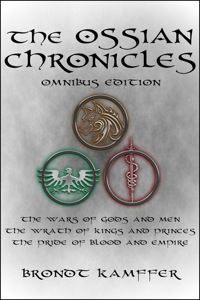 You have simple but striking cover art for The Scion of Abacus series (and I notice you’ve redone your old covers too). Do you think that’s played a role in your success?
You have simple but striking cover art for The Scion of Abacus series (and I notice you’ve redone your old covers too). Do you think that’s played a role in your success?
It is possible. I changed the covers of the old books to coincide with the release of The Scion of Abacus, opting for a more stylized cover art. I design my own covers, so I had to really think long and hard, playing around with various effects, looking at popular novels, etc. I have never entirely bought the argument that a good cover is essential, though, as I have seen some pretty horrendous covers on best-selling indie novels. That being said, I certainly don’t think the covers have hurt. Perhaps they are part of the overall formula that found success.
Are you planning to release an omnibus edition of the series once all the smaller pieces are published? Any thoughts on how you’ll price that?
I do plan to release an omnibus, and I am even contemplating using Createspace to make hard copies available too, though I’m undecided at this point. Regarding price, I am still mulling this one over, as I’d like to come up with a price incentive to buy the omnibus over the individual volumes. Your author audience with understand the financial concerns here, as I need to balance price for the consumer with royalties earned. The good thing about the state of indie publishing is the ease with which an author can change the price of his or her books. If whatever I decide to charge initially fails to shift volumes, I can always experiment with lower price points.
Lastly, would you like to talk about future projects or is there anything else you’d like to share with readers?
Given the success I’ve met with the serial format, I am planning on my next project to be in a similar vein, though not identical. I have plotted out what I’m calling a trilogy of trilogies. Essentially, I plan three long novels each about the size of The Scion of Abacus, each of which I will write in three distinct and smaller parts, bringing the final count to a total of nine shorter volumes. Volumes will necessarily be longer than the current 35,000 but a great deal shorter than the standard 100,000.
But, at the end of the day, it all comes down to two things, as I see it: Regular releases keep your name in the readers’ minds, and publishing really is a total crap shoot.
To the first I would say that I feel the serial model offers an interesting opportunity for success by creating regular releases for the audience. Your name never gets old and always shows up in the new releases section in the Kindle store. That being said, this is still no remedy for a poor story, and it does take some amount of planning and a lot of foresight to make it work. But regular seems to be a real key.
Regarding the second point, as I’ve said, I do no promotion anymore whatsoever. In fact, the moment I stopped promoting, I started selling better, and I’m pretty sure I was not one of those obnoxious self-pubbed types we all hear horror stories about. But the real point is this: If your books are not selling for whatever reason, don’t be afraid to throw the baby out with the bathwater (yes, you read that right!) and opt for a completely different approach.
Thanks, Brondt! Best wishes for your continued success!
If you want to learn more about Brondt, or try his books, you can pick them at Amazon, or stop by his website for more information.
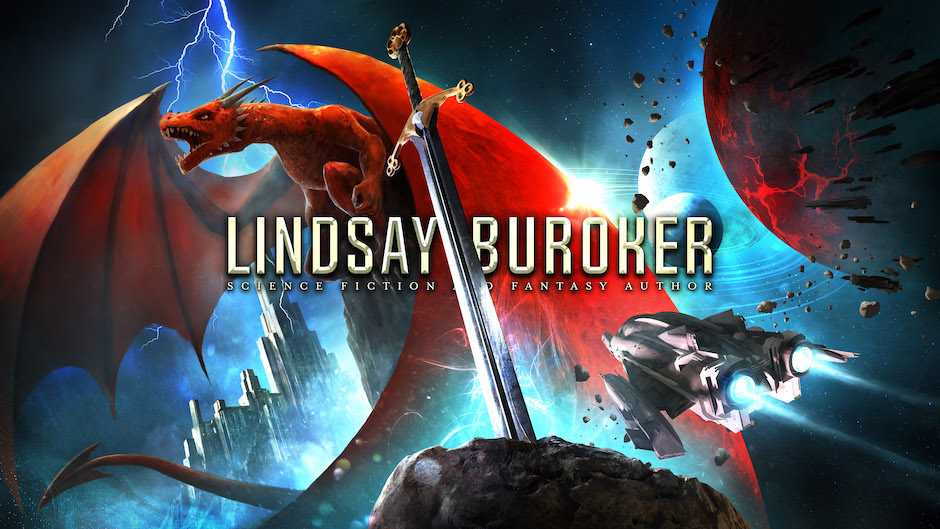
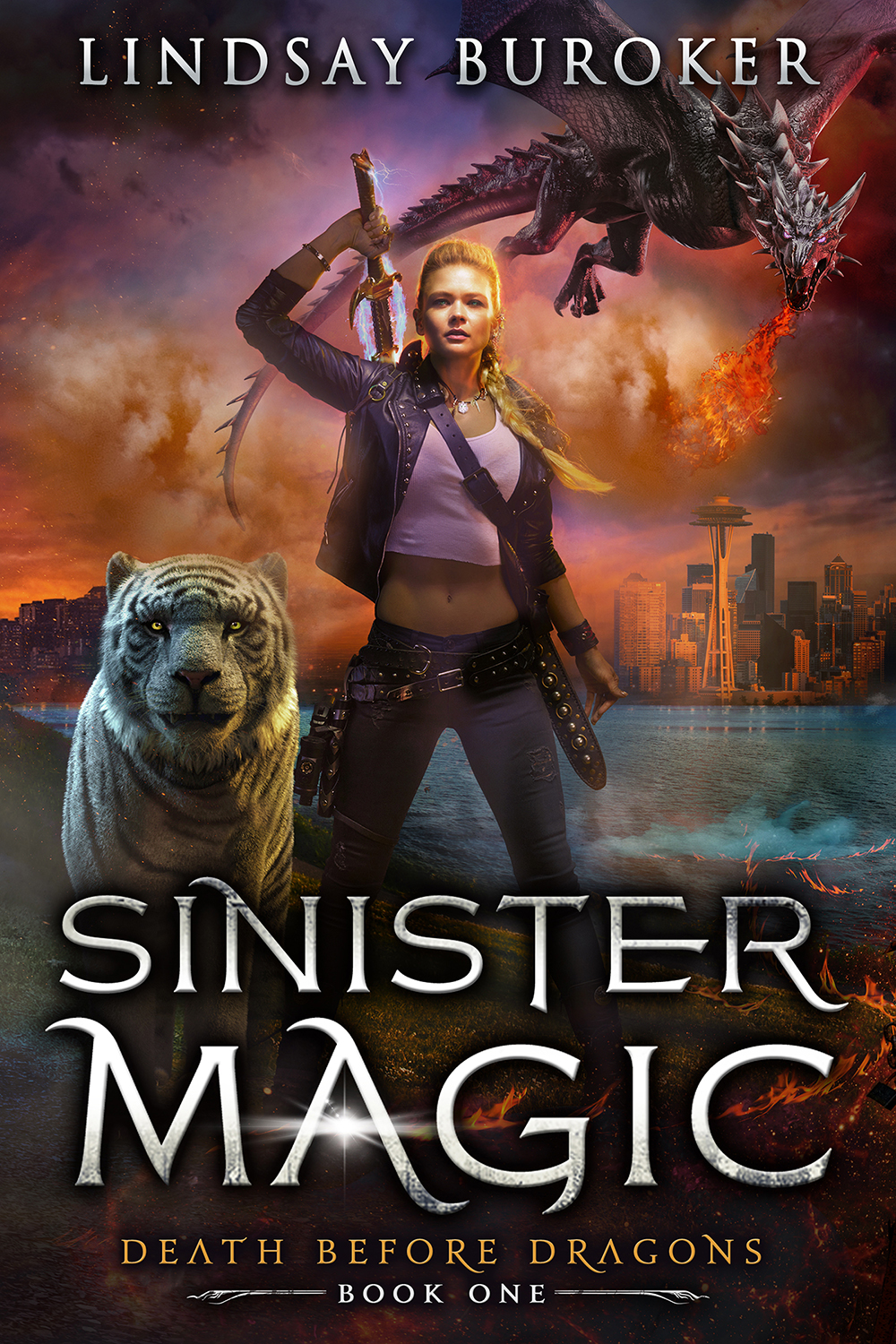
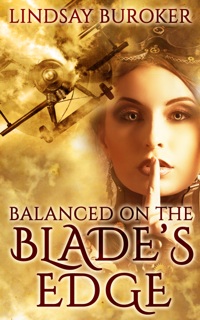
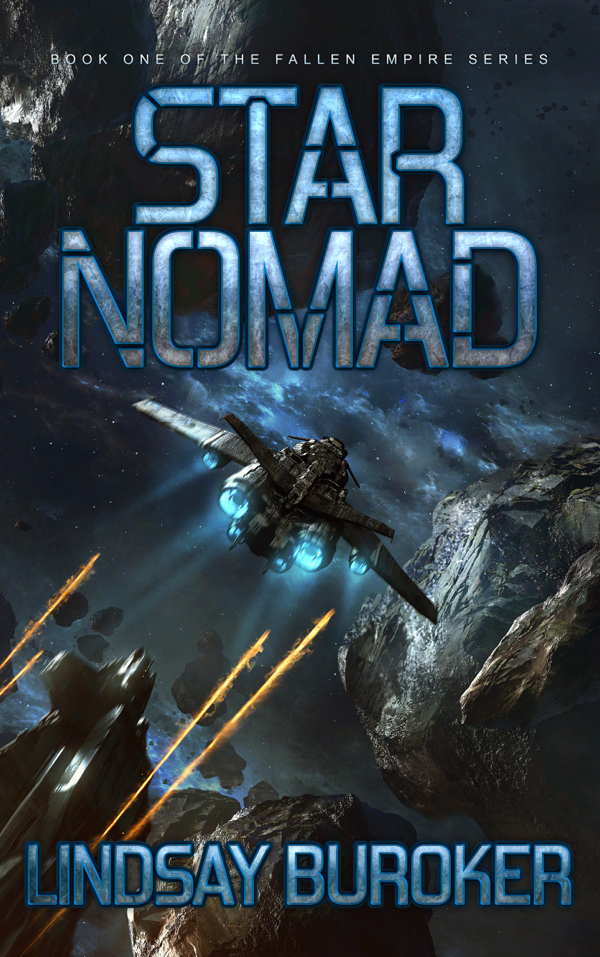
It’s great that ebooks are bringing back serials. It’s like with the old radio shows where you got left on a cliffhanger each week and had to tune in to hear the next segment. Congratulations on your success.
Thanks, Josh. One certainly can construct a cliffhanger-style story, and if I’d plotted as a serial from the start, I may have gone for something more clearly in that vein. There’s certainly the opportunity out there for someone, though.
I’ve seen a lot of people get a boost to their series by enrolling in KDP Select and using the free days. For whatever reasons that seems to reward people via Amazon’s algorithms and help with sales ranking. I wonder if it’d be within their ToS to run a serialized version of a novel through their KDP Select program and then publish the entire novel at Amazon (not in Select) and elsewhere.
KDP certainly helps, but only at a point. If your book is new and/or you are unknown, I can see that it will get your name out there. I don’t discount that KDP had a hand in my success, I only think that my KDP free numbers were low enough that this wasn’t the only–or even main–factor in what happened thereafter.
As for the ToS issue, I have wondered about this as well, but I seen other authors with omnibus editions on BN and Smashwords when the individual stories therein are only on Amazon. Amazon may crack down on this in the future, but at the moment it seems they aren’t doing anything–not that I can tell, at least.
Thanks for sharing your experience with this. It certainly gives me something to consider. I didn’t know if releasing a serial would work, though my own stories are built to be almost serial in nature. I might give this a try!
The serial is an interesting format, but I think the key is regular releases. I’ve seen some people releasing “serial novels” but expecting readers to wait two or three months between volumes. I don’t see that as helpful, for the whole point of the serial is to grab the reader for regular feedings. It helps to think of serials as more like TV series than traditional novel series, I think.
Great interview, Lindsay and Brondt, especially so for me, since I’m working on putting together a serial of my own. I agree that regular releases look to be the key. I’m planning on novella length “episodes”, six to a “season” (book), and several seasons in the series, obviously taking a cue from television.
I like the look and content on your site, Brondt–it’s well laid out and interesting. Yet it seems that promotion via providing content on your blog and social media didn’t have nearly as much impact as providing more titles. Every title points to every other title in an indie author’s store, and that I suspect is a factor, but I don’t know personally. Not yet at any rate
I agree, too, that cliffhangers look to be a useful device.
Thanks again for an interesting and informative interview!
This is such a good idea and one I’d never thought of for my own books. I have a current WIP which is clearly split in it’s first book into two significant parts. Now I’m wondering if it would work better as a nine piece serialization rather than a triology.
Great article and interview…has got my creative juices flowing
Pingback: Dreigiau is Going Serial » Sygnus Stories
While I’m not planning on doing a serial format with any of my novels-in-progress, I do plan on releasing short stories and novellas set in the world of my main novels frequently. I’ve noticed that the more regular you are, the more content you have available, and the better your story is seem to be the main three factors in all the success stories.
Best of luck to you and your writing. I might go check it out. I adore fantasy stories and would love to read more self-pub fantasy work.
Pingback: an amazing month (4/30 update) « W. Brondt Kamffer
I am a retired Marine, decorated in combat, retired lawyer and former professional athlete. I have written, as a first effort a non-fiction about a high profile murder I defended
which occurred in Malibu. Your post has inspired me to do a serialized 4-6-or 8 part as my introduction into this new world. My sincere thanks.
R.G.T.